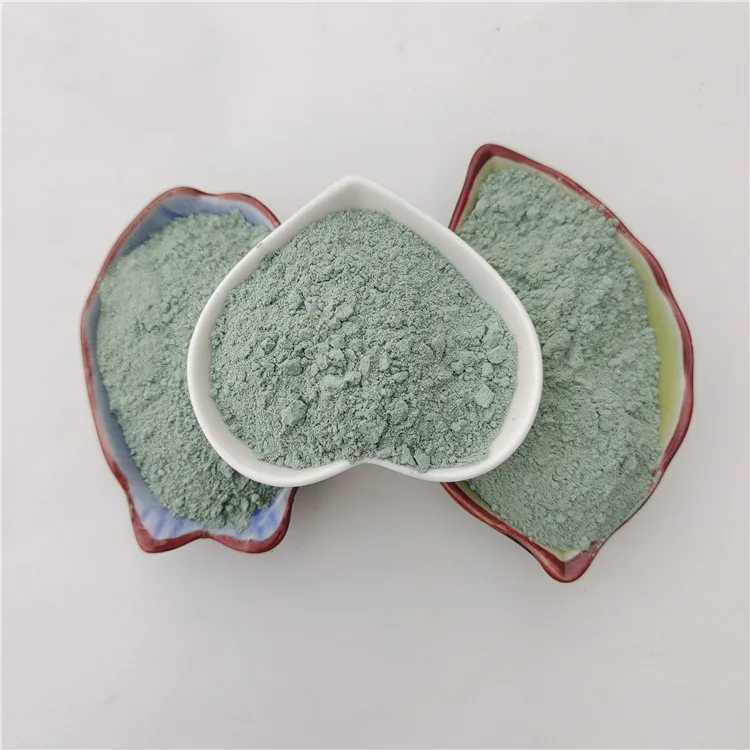
Effectiveness of Activated Carbon Materials in Water Purification and Contaminant Removal Techniques
Activated Carbon Media for Water Treatment
Activated carbon has emerged as a highly effective medium for the treatment of water, widely recognized for its ability to remove contaminants and improve water quality. This versatile material is derived from carbon-rich sources such as coal, wood, or coconut shells, which are subjected to high temperatures in an oxygen-limited environment. This process, known as activation, creates a porous structure that significantly increases the surface area of the carbon, enhancing its ability to adsorb pollutants.
One of the primary mechanisms by which activated carbon purifies water is adsorption. This process involves the binding of molecules on the surface of the carbon media. During water treatment, various contaminants such as volatile organic compounds (VOCs), chlorine, heavy metals, and pesticides are brought into contact with activated carbon. The porous structure of the activated carbon allows these impurities to adhere to its surface, effectively trapping them and preventing them from remaining in the water. As a result, the treated water is significantly cleaner and safer for consumption.
Activated carbon is particularly effective at removing chlorine and chlorine by-products, which can impart undesirable tastes and odors to water. Additionally, it can eliminate pollutants that cause health concerns, including various carcinogenic compounds often found in industrial runoff. The effectiveness of activated carbon varies depending on the type of contaminants and the characteristics of the water being treated, but its broad spectrum of adsorption capabilities makes it a valuable tool in various water purification processes.
activated carbon media for water treatment

In municipal water treatment facilities, activated carbon is often incorporated into the filtration process. It can be used in both granular and powdered forms. Granular activated carbon (GAC) is typically employed in fixed bed filters, allowing water to flow through the carbon particles, where contaminants are captured. On the other hand, powdered activated carbon (PAC) can be mixed directly into the water for immediate adsorption of contaminants; however, it necessitates an additional step of separation after treatment.
Moreover, activated carbon is not limited to large-scale applications; it is also popular in household water treatment systems. Many water filters utilize activated carbon cartridges as a means to remove impurities at the point of use, which is essential for households that rely on well water or inadequately treated municipal supplies. These filters are easy to install and maintain, providing a user-friendly solution for improving drinking water quality.
While activated carbon is highly effective, it is essential to recognize its limitations and the need for periodic replacement. Over time, the adsorption sites on the carbon media can become saturated, reducing its effectiveness. Therefore, regular monitoring and timely replacement of activated carbon filters are crucial to ensuring optimal performance and maintaining water quality.
In conclusion, activated carbon media plays a significant role in the treatment of water by effectively removing a wide range of contaminants through the adsorption process. Its versatility, combined with its ability to enhance taste and odor while ensuring safety, has made it a preferred choice for both municipal and household water treatment solutions. Attention must be paid to the management of activated carbon systems to maximize their benefits and ensure sustainable water treatment practices. As the need for clean water continues to grow globally, the role of activated carbon media in water treatment will likely remain indispensable in our quest for safe and accessible drinking water.
Share
-
Premium Pigment Supplier Custom Solutions & Bulk OrdersNewsMay.30,2025
-
Top China Slag Fly Ash Manufacturer OEM Factory SolutionsNewsMay.30,2025
-
Natural Lava Rock & Pumice for Landscaping Durable Volcanic SolutionsNewsMay.30,2025
-
Custom Micro Silica Fume Powder Manufacturers High-Purity SolutionsNewsMay.29,2025
-
Custom Mica Powder Pigment Manufacturers Vibrant Colors & Bulk OrdersNewsMay.29,2025
-
Custom Micro Silica Fume Powder Manufacturers Premium QualityNewsMay.29,2025






